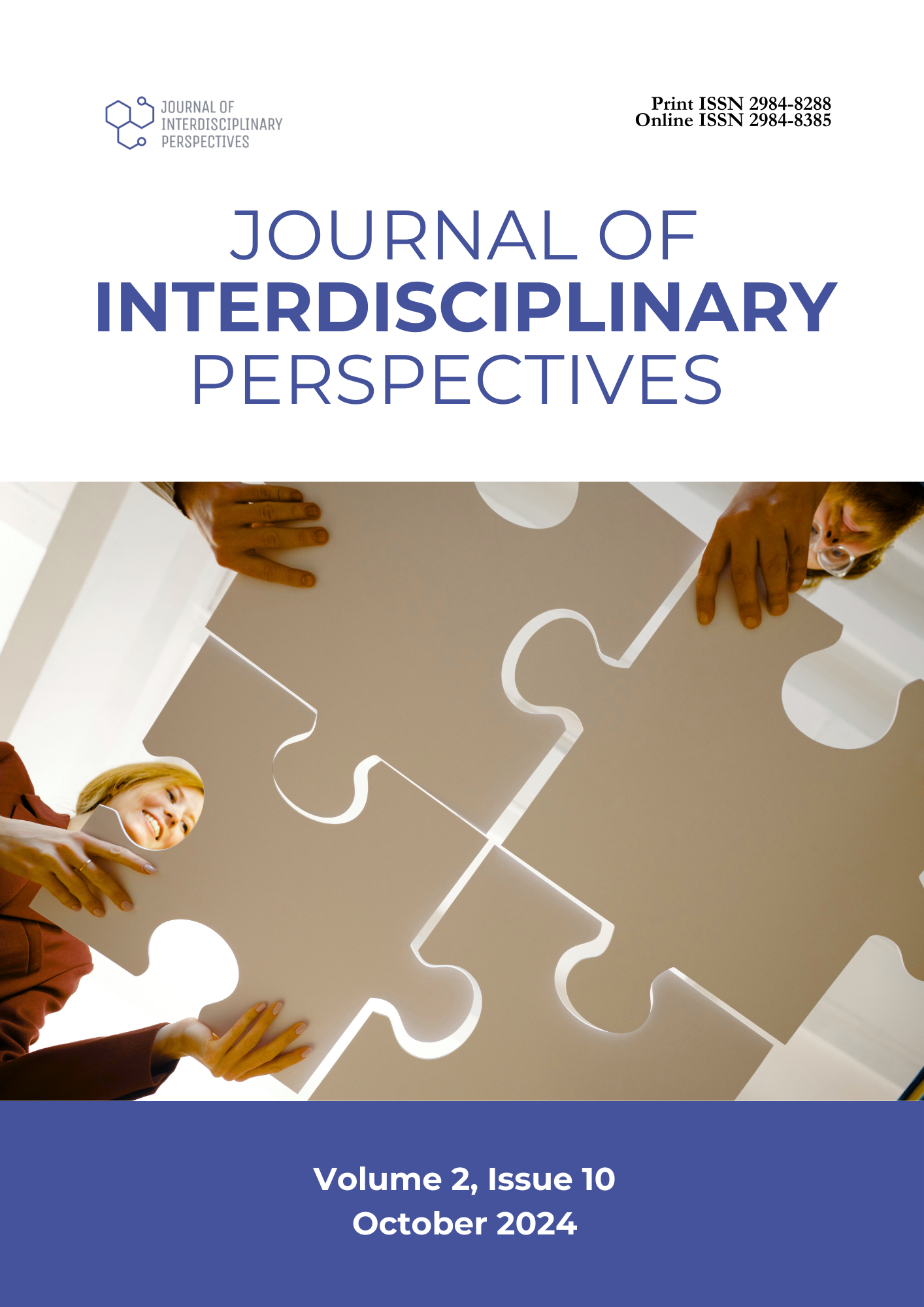Gendered Language in Philippine Newspapers
DOI:
https://doi.org/10.69569/jip.2024.0453Keywords:
Gendered language, Print media, Sexist terms, Generic masculine, Content analysisAbstract
Print media can influence public perceptions but may also reinforce gender bias through language. Numerous studies have underscored the persistence of linguistic sexism in print publications, highlighting how language choices can reinforce gender stereotypes and inequality. This study investigates gendered language in The Philippine Daily Inquirer, a leading newspaper in the Philippines, to highlight how sexist terms persist in modern print media. The study analyzed the May 2018 issue using quantitative and qualitative content analysis, focusing on terms influenced by Gender Schema Theory and Social Responsibility Theory. Five gendered terms with sexist undertones were identified: "policemen," "businessman," "countrymen," "gunmen," and "ombudsman," with "policemen" being the most common. These terms were grouped into three categories: Generic Masculine, Derogatory, and Pseudo-Masculine expressions, with Generic Masculine terms being the most prevalent. The findings show that print media continues to use sexist language, particularly through Generic Masculine terms. The study suggests a thorough content review in media outlets to remove sexist language and encourage gender-neutral alternatives.
Downloads
References
American Psychological Association. (2021). Gender-Neutral Language Guidelines. Retrieved from https://rb.gy/8t00or
Baker, P. (2003). Gender and Media: Representing Men and Women in Public Discourse. Sage Publications.
Baron, N. S. (2016). Always Ask, Using Gender-Neutral Language. Retrieved from https://rb.gy/94s7ij
Bem, S. L. (1981). Gender schema theory: A cognitive account of sex typing. Psychological Review, 88(4), 354–364. http://doi.org/10.1037/0033-295X.88.4.354
Bureau of Justice Statistics. (2023). Women in state and federal prisons, 2021. Retrieved from https://bjs.ojp.gov/
Butler, J. (2004). Undoing gender. Routledge.
Cole, E., & Daniel, J. H. (Eds.). (2005). Featuring females: Feminist analyses of media. American Psychological Association.
Demberg, R. (2022). Linguistic sexism: A study of sexist language in a British online newspaper. Digitala Vetenskapliga Arkivet, 0(0), 1-29. https://rb.gy/tbj16e
Denzin, N. K. (2017). Triangulation (Kindle ed.). Sage Publications.
Fineran, S. (2002). Adolescents at work: Gender issues and sexual harassment. Violence Against Women, 8(8), 953–967. http://doi.org/10.1177/107780102400447087
Gall, M. D., Gall, J. P., & Borg, W. R. (2003). Educational research: An introduction (7th ed.). Boston: Allyn & Bacon.
Gunter, B. (2005). Sage PRISTICH methods: Measuring audiences, reactions and impacts. Sage Publications.
Hsieh, H.-F., & Shannon, S. E. (2005). Three approaches to qualitative data analysis. Qualitative Health Research, 15(9), 1277-1288. http://doi.org/10.1177/1049732305276687
Krippendorff, K. (2013). Content analysis: An introduction to its methodology (3rd ed.). Sage Publications.
Lincoln, Y. S., & Guba, E. G. (1985). Naturalistic inquiry. Sage Publications.
Ng, S. H. (2007). Language-based discrimination: Blatant and subtle forms. Journal of Language and Social Psychology, 26, 106-122. http://doi.org/10.1177/0261927X07300074
Perazzetti, L. M. (2013). The language of sexism embedded in media texts. Retrieved from https://rb.gy/o3m9ca
Prior, J. (2017). Teachers, what is gendered language? Retrieved from https://rb.gy/7f3x3j
Richie, P. (2017). Invisible No More: Poverty, the Criminal Justice System, and Race in America. The New Press.
Schneider, C. (2018). Gender bias in criminal justice. Journal of Criminal Justice Education, 29(2), 227-240. http://doi.org/10.1080/10345329.2018.12036099
Shoemaker, P. J., & Vos, T. (2023). Mass communication: An introduction (9th ed.). Routledge.
Strauss, A., & Corbin, J. (1998). Basics of qualitative research: Techniques and procedures for developing grounded theory (2nd ed.). Sage Publications.
Tannen, D. (1990). You Just Don't Understand: Women and Men in Conversation. William Morrow & Co.
Westmarland, N. (2011). The Masculinization of Crime. Palgrave Macmillan.
Yin, R. K. (2018). Case study research: Design and methods (6th ed.). Sage Publications.
Downloads
Published
How to Cite
Issue
Section
License
Copyright (c) 2025 Journal of Interdisciplinary Perspectives

This work is licensed under a Creative Commons Attribution-NonCommercial 4.0 International License.








